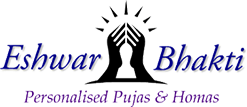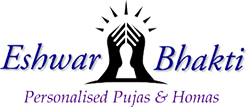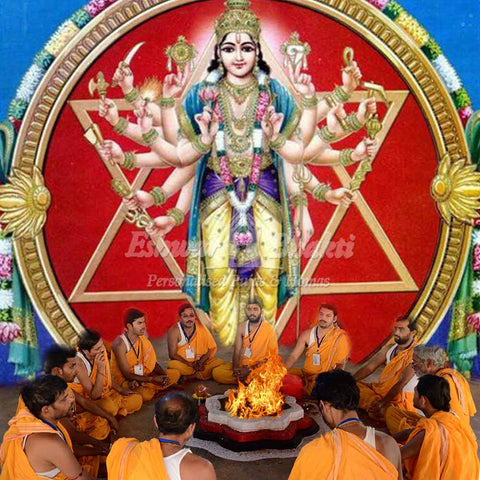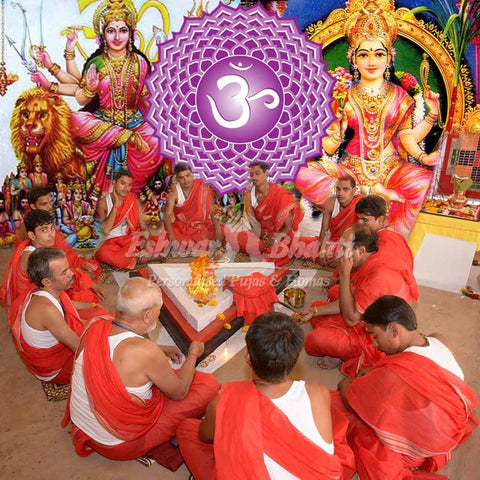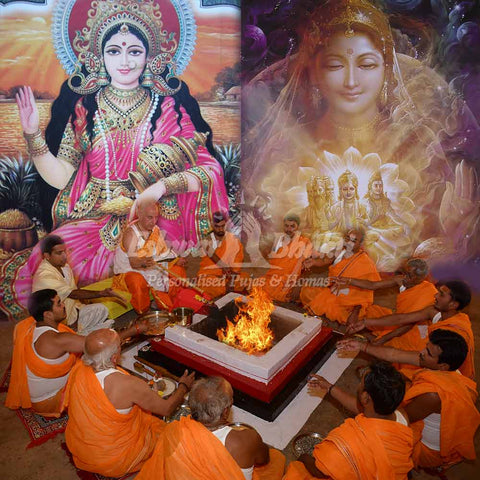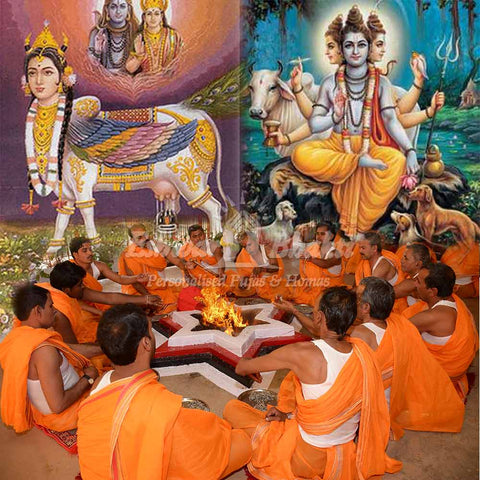Significance of OM
 Origin and meaning: Defining and tracking the meaning of OM is equal to a philosophical quest. According to Indian philosophy, the syllable of the word OM, in simplest terms, means the fundamental or the vocal manifestation of the Brahman (the ultimate reality or truth). Various schools of Indian philosophy also consider OM as the all-encompassing corpus or the essence of the universe. OM is a transcendental entity. It surpasses all dimensions of space and time, and it constitutes the past, the present, and the future. OM is also supposed to be the first vibratory sound from the seed or bija of creation. Thus, some philosophers believe that the syllable OM marked the origin of speech, and some even consider it as the starting point of languages.
Origin and meaning: Defining and tracking the meaning of OM is equal to a philosophical quest. According to Indian philosophy, the syllable of the word OM, in simplest terms, means the fundamental or the vocal manifestation of the Brahman (the ultimate reality or truth). Various schools of Indian philosophy also consider OM as the all-encompassing corpus or the essence of the universe. OM is a transcendental entity. It surpasses all dimensions of space and time, and it constitutes the past, the present, and the future. OM is also supposed to be the first vibratory sound from the seed or bija of creation. Thus, some philosophers believe that the syllable OM marked the origin of speech, and some even consider it as the starting point of languages.
In Hinduism, Om is also known as Pranava or Pranava mantra. Hindu ceremonies, rituals, and mantras begin by reciting OM as it marks a good start. According to the Hindu belief, OM comprises three Sanskrit letters aa, au, and ma. They are attributions to Vishnu, Shiva, and Brahma. The chanting of OM is also useful for meditation as it helps to achieve spiritual emancipation. The syllable is thus a prominent component of Yoga, and the ancients used it as a pathway to gain ultimate knowledge.
OM and Mandukya : Deep philosophical debates about OM are noticeable throughout the Vedas, the Upanishads, and other sacred texts of the Hindus. While Vedas elaborates on the ritualistic aspect of OM, the Mandukya Upanishad explains its spiritual underpinnings. The pathway to revelation is knowable to anyone who has united with Brahman. The same is achievable by following the preachings of the experienced one. The Mandukya Upanishad contains the profound preachings of the great sage Manduka. As described in the Mandukya, OM is ineffable, imperishable, and abstract. The first twelve paragraphs of the Mandukaya attempt to describe OM. It states, "Omityetadaksharamidam sarvam, tasyopavyakhyanam, bhutan bhavatbhavishyaditi sarvamomkara eva;yaccanyat trikalatitam tadapyomkara eva" which means OM surpasses everything and it is the whole of the universe. It includes 'what has become, what is becoming, what will become,' and anything that is beyond these three states.
The four hundred slokas named the Karika, and the associated Baashyas help the seekers of knowledge or reality achieve their goal. It acts as a guide to gain Moksha or salvation. As Mandukya describes OM and provides wisdom beyond the world, it is the best way to seek ultimate liberation. Thus, Mandukya acts as a guide for those who wish to unite with the Brahman.
Brahman, Atman, and OM : Brahman is the ultimate reality or source of all existence. Atma (Self) is a different form of Brahman. The relationship between Brahman and Atman is similar to that of the river and an individual water drop. Both the river and the water droplet are composed of H2O, but both are not the same. Similarly, the essential components of Atman and Brahman are the same, yet they are different from one another.
The relationship between Atman and OM is also complicated. As OM is the manifestation of Brahman, and both Atman and Brahman are fundamentally the same, OM and Atman are the same. So, OM the beginning and end of all beings. The Brahman or OM is the Self as well.
The self has four quarters. The first quarter is jagritham (the waking state) that is personified by vaisnavanara. The second quarter is swapnavasta (the dream state) that is incarnated by taijasa. The third quarter is prajna (deep sleep) that is personified by prajnan, and finally, turiyam that consolidates the three states and Atman itself. Thus, the relationship between Brahman, Atman, and OM is inconceivable and intricate.
OM in Hindu practises : The basic principles of Hinduism emerged from OM, which is the sacred embodiment of the Brahman. Hindu practices, chantings, and mantras start with OM as it comprehends all things and makes every beginning auspicious. Manusmrithi, Puranas, Vedas, Upanishads, and other sacred texts of the Hindus describe the structure, nature, and relevance of OM. Brahma created the universe with OM, and thus, OM unites us with Brahma. The three letters aa, au, and ma that constitute OM also gave way to the vyahrtis, Bhuh, Bhuvah, Savh, which is the beginning of the auspicious Gayatri Mantra (chanting dedicated to deity Savitri). The Vedic scriptures also mention Om in connection with the anāhat nād. Vedas describes OM as a sound that surpasses all worldly states and dimensions and claims that only the true seeker of truth can be in tune with it. Even the Asrama system (life stages- Brahmacharya, Grihastha, Vanaprastha, and Sanyasa), the ritual octaves, and the three holy deities (Vishnu, Shiva, and Brahma) originated from the concept OM.
According to the Hindu belief system, OM provides eternal bliss, peace of mind and helps us gain ultimate knowledge. The Bhagavad Gita attributes OM as the mantra of the Brahma and an accurate way to be focussed and achieve eternal salvation. Also, one would be able to gain the ultimate benefits of OM only if it gets recited in the right way. The prominent preachers of Hinduism claim that the recitation of OM must neither be too long nor too short. When chanted correctly, it leads to a spiritual awakening where one unites with the ultimate reality.
Thus, OM is all-knowing yet unknowable, all-encompassing yet unimaginable, and it is the pathway to the ultimate truth and the ultimate truth itself. When one imbibes the true essence of OM, the Self transcends, and the Atman unites with the Brahman. It is a moment of true self-realisation. Om makes everything auspicious and provides complete harmony. So the Mandukya lets OM fill our ears, eyes, and our body with the potential that can lead us through the path of attaining Moksha by serving the purpose of our lives.
Let us begin chanting OM….OM….OM...
